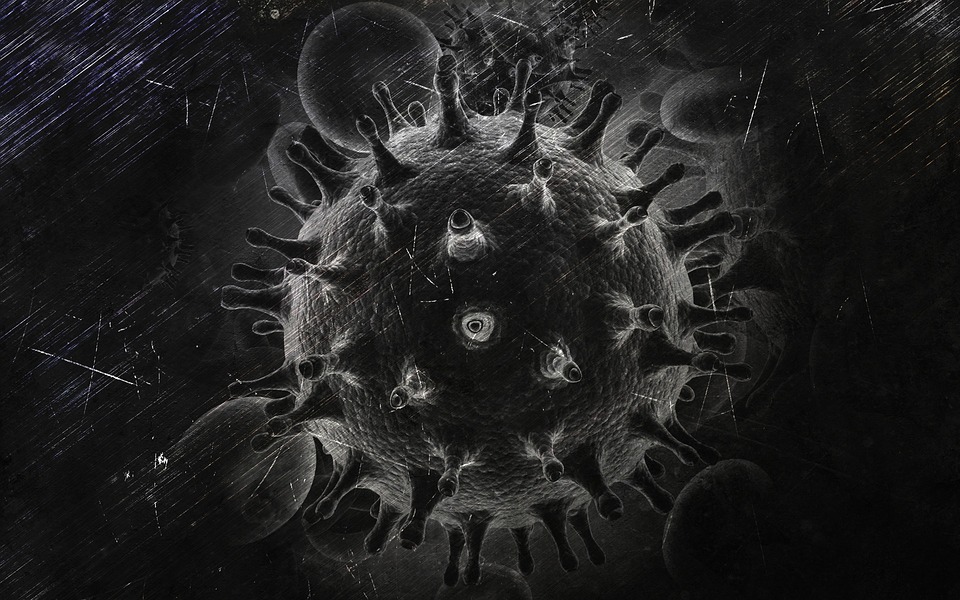 |
| HIV virus |
For
the first time in nearly two decades, a team of scientists has discovered a new
strain of HIV. HIV has several subtypes or strains and they mutate
over time . HIV subtypes are classified into different groups based on the latest
guidelines (2000). The HIV strain that causes a global pandemic is from group M.
The newly discovered strain is also from the HIV-1 Group M, subtype L.1 and it is the first HIV subtypes from group M identified since guidelines for classifying subtypes were established in 2000. It
was reported by Abbott Laboratories, which conducted the research with
the University of Missouri .
Is it dangerous for us?
We don't need to panic because not a lot of people are infected with this strain and there is medicine available to treat against this strain. There's
no reason to panic or even to worry about it a little bit ," Fauci, director
of US National institute of allergy and infectious diseases told CNN. "Not a lot of people are infected with this. This is
an outlier."
What
next?
This
could help us understand how HIV evolves. With a proper understanding of how it
evolves, we could hopefully find a way to treat AIDS in the future .
References:
Nov 7 (Journal of Acquired Immune Deficiency Syndromes)
Comments
Post a Comment
Leave your comment about the post